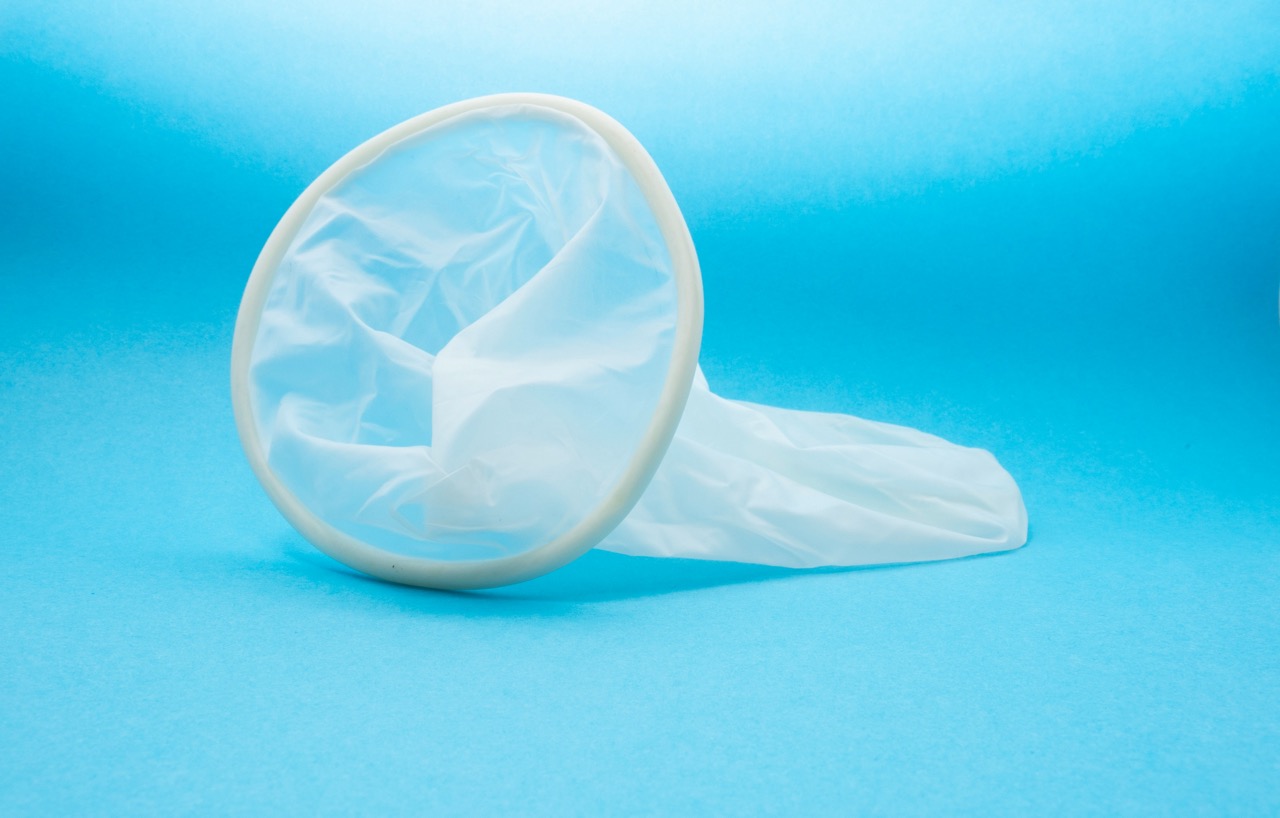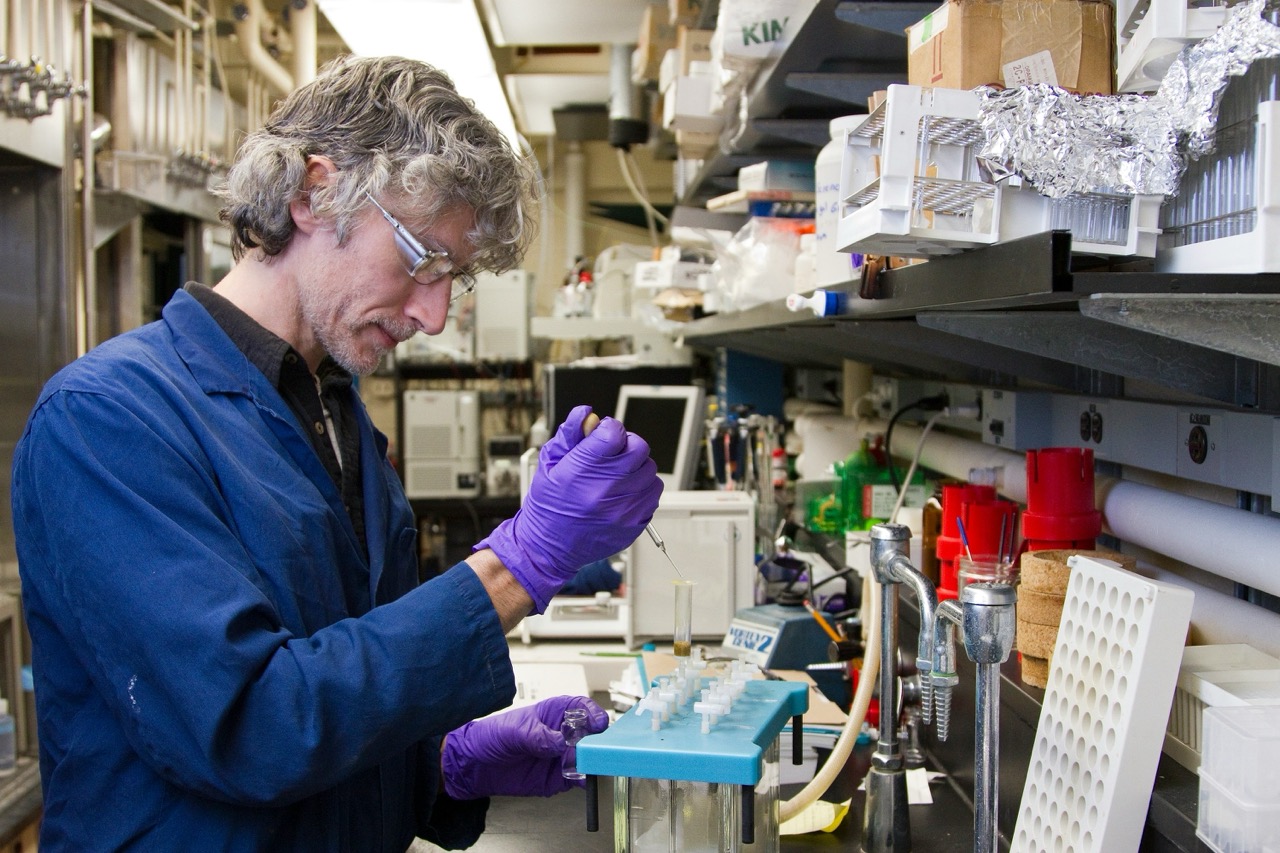Human Papillomavirus (HPV) is a group of more than 200 related viruses, with a significant number capable of causing various types of cancer. HPV is the leading cause of cervical cancer, as well as being linked to other malignancies such as oropharyngeal, anal, and genital cancers. Despite its prevalence, many individuals remain unaware of the risks associated with HPV, leading to low vaccination rates in certain populations. As a public health priority, understanding the effectiveness of the HPV vaccine is crucial to promoting its adoption and ultimately reducing the burden of HPV-related diseases.
This article aims to provide a comprehensive overview of the HPV vaccine, including its development, mechanism of action, efficacy rates, and long-term protection. Additionally, we will explore the vaccine’s impact on cervical cancer incidence, its role in preventing other HPV-related cancers, and the public health strategies necessary to promote vaccination. Addressing barriers to uptake and reviewing recent studies on the HPV vaccine’s impact on population health will further elucidate its importance in cancer prevention.
Introduction to Human Papillomavirus (HPV) and Its Risks
HPV is a sexually transmitted infection that encompasses a range of viruses, some of which are classified as high-risk due to their potential to cause cancer. It is estimated that nearly all sexually active individuals will contract HPV at some point in their lives, with most cases being asymptomatic and resolving spontaneously. However, persistent infection with high-risk HPV types, particularly HPV 16 and 18, can lead to the development of cervical dysplasia, and, ultimately, invasive cervical cancer.
The risk factors associated with HPV infection include multiple sexual partners, early sexual activity, and immunocompromised status. Beyond cervical cancer, HPV is implicated in various anogenital cancers and oropharyngeal cancers, posing a significant public health concern. Therefore, effectively controlling HPV through vaccination is critical in mitigating the burden of these cancers and enhancing overall community health.
Overview of HPV Vaccine Development and Types Available
The development of the HPV vaccine marked a significant breakthrough in preventive medicine. The first HPV vaccine, Gardasil, was approved for use in 2006, followed by Gardasil 9, which covers additional HPV types and was approved in 2014. These vaccines are designed to prevent infections from the most prevalent high-risk HPV types (16 and 18) and several low-risk types responsible for genital warts.
Currently, there are two main types of HPV vaccines: bivalent (Cervarix), which targets HPV 16 and 18, and quadrivalent (Gardasil), which targets HPV 6, 11, 16, and 18. Gardasil 9 expands coverage to include five additional high-risk types (31, 33, 45, 52, and 58), making it the vaccine of choice in many countries. These vaccines have demonstrated robust safety profiles and are typically administered in a series of two or three doses, depending on the recipient’s age.
Mechanism of Action: How the HPV Vaccine Works
The HPV vaccine functions by introducing virus-like particles (VLPs) that mimic the outer shell of the HPV virus, without containing viral DNA. This exposure stimulates the immune system to produce antibodies against the virus, creating a defense mechanism that prepares the body to fight off actual HPV infections if exposed in the future. The VLPs elicit a strong immune response without causing disease, establishing immunological memory that can last for years.
Upon vaccination, the immune system is trained to recognize and combat HPV upon future exposure. As a result, vaccinated individuals typically develop a significantly reduced risk of infection with the targeted HPV types, contributing to lower rates of HPV-associated diseases and conditions. This mechanism highlights the vaccine’s pivotal role in not just individual protection but also in reducing virus transmission within the broader population.
Efficacy Rates of HPV Vaccine in Clinical Studies
Clinical studies have consistently demonstrated high efficacy rates for the HPV vaccine. For example, research has shown that the quadrivalent HPV vaccine can prevent approximately 90% of cervical cancer cases attributable to the HPV types it targets. This efficacy has been well-documented through various large-scale studies, including trials involving thousands of participants across diverse demographics.
In addition to cervical cancer, the vaccine has also shown effectiveness in preventing pre-cancerous lesions and other HPV-related diseases. The impressive efficacy rates underscore the vaccine’s role as a powerful tool in public health efforts to combat HPV-related cancers, particularly when administered before the onset of sexual activity.
Long-Term Protection: Duration of Vaccine Effectiveness
One of the critical questions surrounding the HPV vaccine is the duration of its protective effects. Studies have indicated that the immune response generated by the vaccine remains robust for at least a decade, with evidence suggesting that long-lasting immunity may persist beyond 15 years. As a result, vaccinated individuals appear to maintain a high level of protection against targeted HPV types, reducing the risk of cervical and other HPV-associated cancers over time.
Ongoing research continues to monitor the long-term effectiveness of the vaccine, with findings to date reassuring health authorities regarding the sustained protection against HPV-related diseases. Such evidence reinforces the importance of vaccination as a long-term strategy for cancer prevention, particularly given the vaccine’s ability to provide enduring immunity without the need for booster shots.
Impact of HPV Vaccine on Cervical Cancer Incidence
The introduction of the HPV vaccine has had a profound impact on cervical cancer incidence rates in countries with high vaccination coverage. Vaccination programs have led to significant declines in the prevalence of high-risk HPV types and, consequently, a marked reduction in the incidence of cervical cancer and pre-cancerous lesions. For instance, in countries like Australia and the UK, cervical cancer rates have decreased by more than 50% among vaccinated cohorts.
Furthermore, public health data suggests that the HPV vaccine not only lowers the rates of cervical cancer but also serves as a potential model for cancer prevention efforts globally. As vaccination coverage continues to rise, ongoing surveillance and research are critical to understanding the broader implications of the HPV vaccine on cervical cancer epidemiology.
HPV Vaccine’s Role in Preventing Other HPV-Related Cancers
In addition to its primary role in preventing cervical cancer, the HPV vaccine is effective in reducing the incidence of other HPV-related cancers. These include anal, oropharyngeal, vulvar, vaginal, and penile cancers, which are also associated with high-risk HPV types. Data from various studies indicate that vaccination can significantly lower the rates of these malignancies, contributing to a broader cancer prevention strategy.
The ability of the vaccine to prevent multiple HPV-related cancers underscores the importance of vaccinating both males and females. Increased vaccination among boys can help reduce the transmission of HPV and ultimately contribute to herd immunity, further decreasing the overall incidence of HPV-associated malignancies.
Public Health Strategies to Promote HPV Vaccination
Effective public health strategies are essential for increasing HPV vaccination rates. Initiatives can include education and awareness campaigns aimed at dispelling myths about the vaccine and emphasizing its safety and efficacy. Engaging healthcare providers is also crucial, as providers can serve as trusted sources of information and can influence parental decisions on vaccination for their children.
Additionally, implementing school-based vaccination programs and ensuring accessibility through community health clinics can help remove barriers to vaccination. Public health authorities can also consider subsidizing vaccine costs to alleviate financial constraints, thereby encouraging higher uptake rates among underserved populations.
Barriers to HPV Vaccine Uptake and Acceptance
Despite the demonstrated efficacy of the HPV vaccine, several barriers to uptake and acceptance remain. Misconceptions about the vaccine’s safety, perceived lack of necessity, and cultural beliefs can hinder vaccination efforts. Some parents may also be reluctant to vaccinate their children due to concerns about discussing sexual health topics, given the vaccine’s association with sexually transmitted infections.
Furthermore, disparities in access to healthcare services can exacerbate the challenges of HPV vaccination uptake. Geographic, socioeconomic, and educational disparities can impact an individual’s ability to receive timely vaccination, thereby limiting the potential benefits of the vaccine. Addressing these barriers through targeted interventions is essential for enhancing vaccination rates and maximizing the public health impact of the HPV vaccine.
Recent Studies on HPV Vaccine and Population Health
Recent studies have shed light on the broader implications of HPV vaccination on population health. Research has demonstrated significant declines in HPV prevalence among vaccinated populations, which correlates with a reduction in the incidence of cervical precancerous lesions. Furthermore, long-term follow-up studies continue to show sustained protection against targeted HPV types, reinforcing the vaccine’s enduring benefits.
Additionally, population-based studies have suggested that the HPV vaccine may contribute to herd immunity, as reductions in HPV prevalence have been observed even among unvaccinated individuals within high-vaccination communities. Such findings emphasize the importance of achieving high vaccination coverage to maximize the public health impact of the HPV vaccine and reduce the overall burden of HPV-related diseases.
Recommendations for HPV Vaccination by Health Authorities
Health authorities worldwide recommend the HPV vaccine as a critical component of preventive health for adolescents. The Centers for Disease Control and Prevention (CDC) and the World Health Organization (WHO) advocate for routine vaccination at ages 11-12, with catch-up vaccinations recommended for individuals up to 26 years of age. These authorities emphasize the importance of early vaccination, ideally before the onset of sexual activity, to ensure maximum effectiveness.
In addition to routine vaccination recommendations, health authorities also encourage ongoing education and outreach programs aimed at increasing public awareness about the benefits of the HPV vaccine. These efforts are vital for improving vaccination rates and ultimately reducing the incidence of HPV-related cancers in communities globally.
The HPV vaccine represents a significant advancement in cancer prevention, demonstrating high efficacy and long-term protection against HPV-related diseases. As global vaccination efforts continue to expand, the potential for reducing cervical cancer incidence and other HPV-associated malignancies becomes increasingly attainable. However, to fully realize the benefits of the HPV vaccine, ongoing public health initiatives are necessary to address barriers to uptake, promote awareness, and ensure equitable access to vaccination. The future of HPV vaccination programs depends on collective efforts to prioritize education, accessibility, and sustained engagement with communities, ultimately paving the way for a healthier population.










